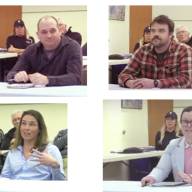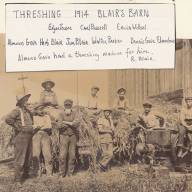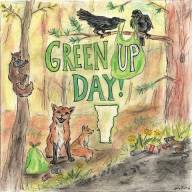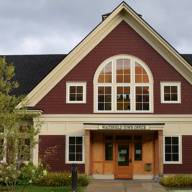By Sal Spinosa
In the September 30, 2021, edition of The Valley Reporter we learned that the prospect of a Waitsfield centralized wastewater treatment facility (WWTF) may be re-emerging. Fast forward and we see that this prospect has matured into a reality. To appear shovel ready and consequently more likely to obtain outside funding the bond vote for this project has been advanced from November to June, 2024. A June vote, however, promises less voter participation, always the case in an off-schedule vote. In light of its dimension and expense, this project should not be decided by anything less than the fullest voter participation possible. But here we are. With a May 8 project meeting this week, a June 3 bond vote meeting and a June 11 bond vote, those of us who wish to speak to this project had better do it now. Time is running out.
At its core the engineering report recommends a tertiary WWTF at the Munn site. If that seems familiar, it should be. This is the same project (almost precisely), destined for the same site, with the same overriding rationale, to free up downtown land that currently protects private wells in order to promote affordable housing and other infill development. However, this project may be described today, make no mistake. It is the same proposal that fell to a resounding public no vote years ago.
As laudable an effort as this may be, this plan/project requires serious review, analysis and critique. In line with the urgings of a Waitsfield board member, I have prepared a series of short pieces that target many facets of this project, some included in the report, some not. The objective is to magnify possible concerns by questioning both direct and indirect components of this project. By doing so the hope is that information will be elicited presumably important to the voters who will ultimately decide the fate of this project.
The project is described as a tertiary wastewater treatment plant to be constructed at the Munn site, a stretch of town-owned land along and west of Route 100, south of the Route 17 intersection. The Mad River flows both to the east and west of the property, contiguous to the property on the west side. This system, as I understand it, will process incoming household waste down to an effluent to be discharged to large leach fields on the Munn site.
- Will tertiary treatment involve the use of chemicals, and if so, at what stage? What chemicals?
- Any special handling/management/disposal required for these chemicals? Does this come with an added cost?
- Any known risks to human health or the environmental by virtue of the storage, handling, or use of these chemicals?
- Will chemical storage be on site? Where?
- With extreme weather now having become the norm and the close proximity of the Mad River to the facility site, is flooding of the leach field or the facility itself a concern? Has this likelihood been examined? What are the possible outcomes should flooding occur? What damage can occur and what cost is likely to be incurred to address it?
- Has the consequence of an illegal discharge to state waters (a violation of state law) been evaluated and, if so, is that evaluation available?
You may share the concerns expressed or you may not. Either way I trust that this material will not only inform but also inspire others to submit their thoughts on the subject and to do so soon.
Spinosa lives in Waitsfield.












